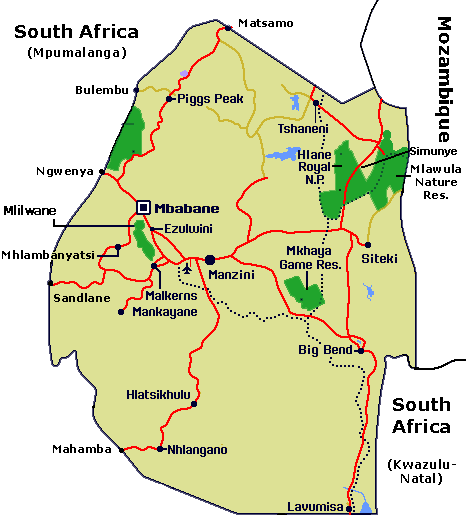 |
The original people of
Swaziland were the San, a nomadic Stone Age hunter/gatherers. Many of
their cave paintings can still be seen today and some are up to 40
thousand years old. Modern Swaziland came to the area during the Bantu
migration in the fifteenth century. A war like people, the migration is
believed to have been driven by the need to find new pastures for
cattle. The branch of the Bantu who become the Swazis were lead by
Ngwane III, of the ruling Nkhosi-Dlamini family, whose direct
descendants still rule in Swaziland today. They settled first in the
southern Lubombo region of South Africa, but were forced north by the
Zulu people. After their victory over the Zulu at the battle of Lubuya
River in the late 1830s, King Sobhuza I (Ngwane IIIs grandson) married
off two of his daughters to the Zulu leader Digane, (the half brother
of Shaka) in 1928. Legend has it that shortly before Sobhuza I died in
1939 he had a vision and prophesied the coming of the white man. He
instructed his people never to harm them. The Boers and the British
arrived in Swaziland in about 1840. The Swazis initially flourished,
however they would soon loose land to the Boers. With the discovery of
gold in the Transvaal in 1886 Swaziland grew in strategic importance as
the most direct route from the mines to the Mozambique coast. Following
the Boer war between Britain and the Dutch Boer settlers from 1898 to
1901, Britain declared Swaziland a protectorate. Through the reign of
Labotsibeni (Queen Regent) and King Sobhuza II, Swaziland peacefully
opposed British rule, although Sobhuza II gave approval for some 4,000
Swazis to fight in North Africa and Italy during the Second World War.
In the early 1960s, King Sobhuza II formed Swaziland's first political
party the "Imbokodvo" or "grindstone" National Movement. In the
countries first elections in 1967 the Imbokodvo won all the seats and
Swaziland would win its independence by September of 1968. Today it is
the only African state to still be ruled by the direct descendants of
the leadership of pre colonial times.
|
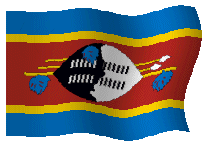 |
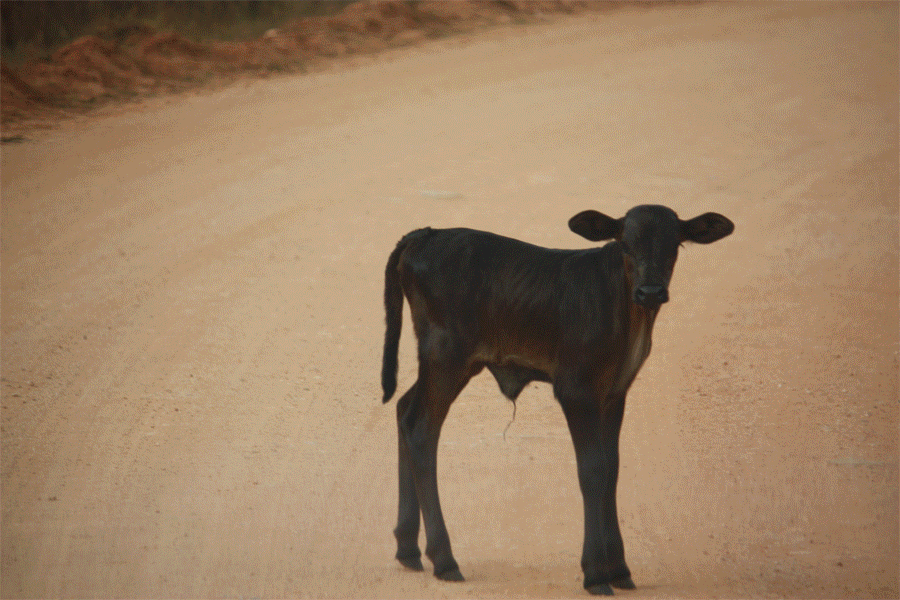
Images of the Kingdom of Swaziland
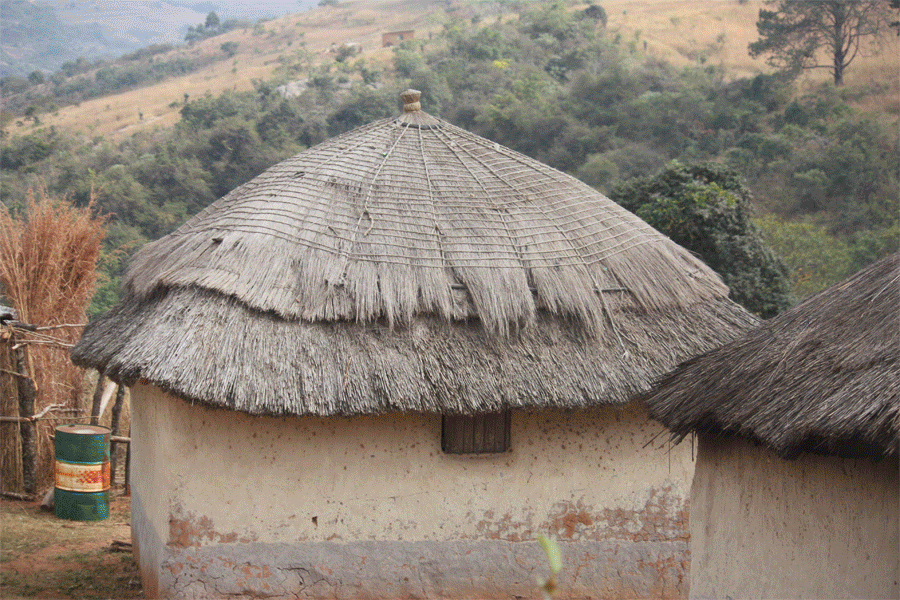
40,000 year old Rock Art
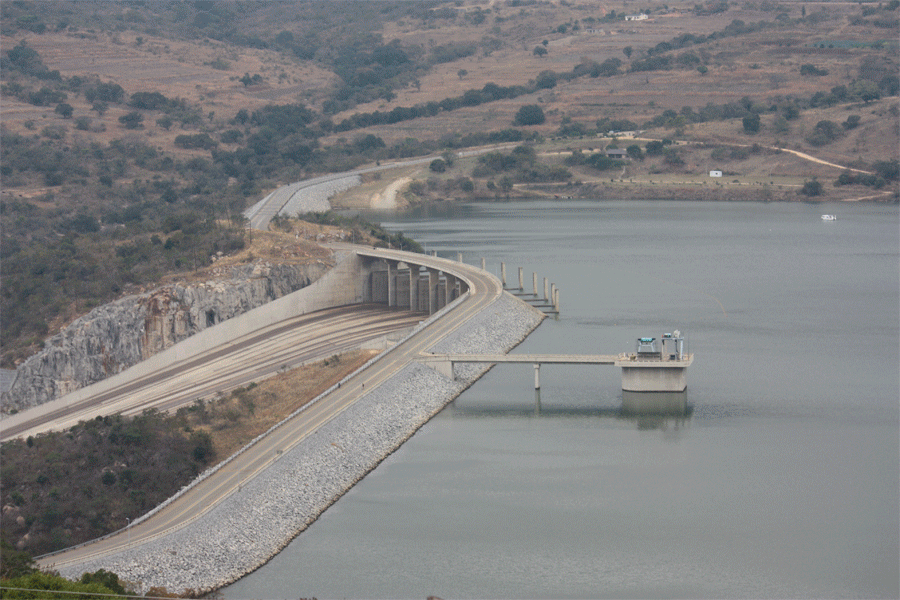
Images of a Mine that has been worked for over 43,000 years


